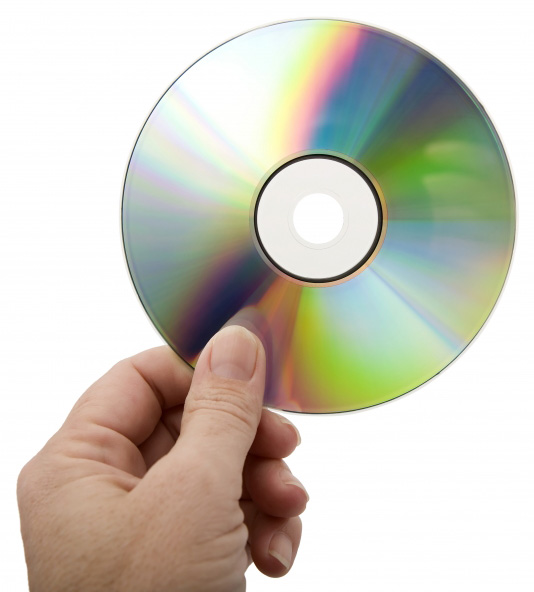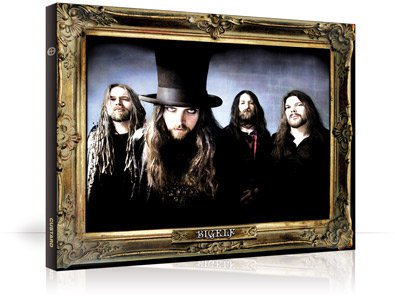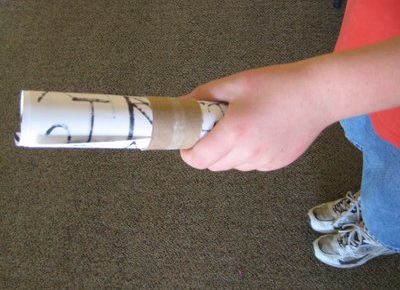Not many musicians and music industry people are familiar with the CD manufacturing process. Why would they bother, right? They’d rather practice their music or get some rest than get geeky with trying to find out about the whole process of producing CDs. Besides, they are artists and not technicians. Yes that’s true. But it would not hurt to have knowledge on how their albums are manufactured-having knowledge about how things work ,especially if it’s related to what you do, is always an advantage. If they have time to watch Jersey Shore or tend their farmvilles, then surely they can have time to read about topics that are relevant to their craft.
The CD manufacturing process is actually pretty easy and your nose would not bleed because of the technicalities, I promise. For those of you who would like to know how your albums are manufactured, here’s a quick overview:
Pre-Mastering
To ensure that the data supplied by the customers meets the proper standards, we check how the contents of their CD-Rom are organized and try to edit it to perfection.
Glass Mastering
Afterward, we make a glass master that is covered with a photosensitive layer where the customer’s album details can be engraved by laser light. This is performed in a self-enclosed clean environment within the mastering system in order to prevent errors. It is called Glass Mastering because glass is used as a substrate to hold the CD master image while it is created and processed.
Electroforming
Now that we have ensured the quality with Pre-mastering and made a copy thru glass mastering, it’s time to make a ‘mould’ by the process of Electroforming. We need to make the ‘mould’ sturdier and this can be done by adding a layer of nickel on the glass master by means of electrolysis. We then separate the nickel layer from the glass base to recover the negative of the CD to obtain what is called the stamper.
Replication
Now that we have created the mould, it’s time for the actual replication where we mass produce CDs in large quantities. Liquefied polycarbonate is injected into the mould and a compact disc is created containing exactly all the data that’s in the master. It just takes a few seconds to finish a CD unlike when you burn CDs using your own computers that would take minutes.
Metallization
So the information on the CD can be read by players, it should be covered by a very thin layer of aluminum. The aluminum coating serves as a mirror which bounces back the laser light so the CD will be readable.
Varnishing & Printing
The CD is coated with a layer of varnish to make it less susceptible to scratching and scratching. The lacquer envelops the aluminum and seals it from the elements to make the CD less fragile. Afterward, the CDs are ready for printing. The artist’s name, texts, logos, and many others are stamped on the CD. This is usually done with a silkscreen.
CD Packaging
Now that the actual CD is done, it’s time to place each CD manually in a CD packaging that the designers have made beforehand. The quality of each will be checked and then shipped to your homes.
_________________________________________________________________________
Unified Manufacturing is an L.A. -based one-stop-shop that offers very affordable CD/DVD/USB replication, custom printing, promotional products, warehousing and fulfillment and many more. If you need an Instant Quote on a project and you want FREE SHIPPING, simply CLICK HERE.




